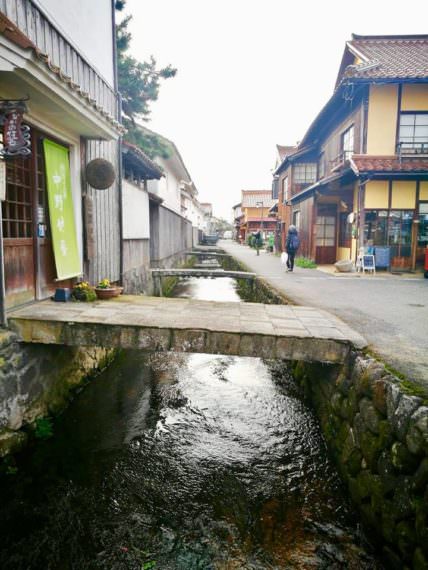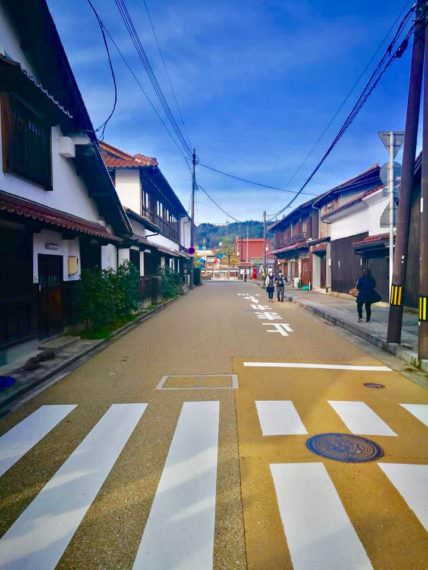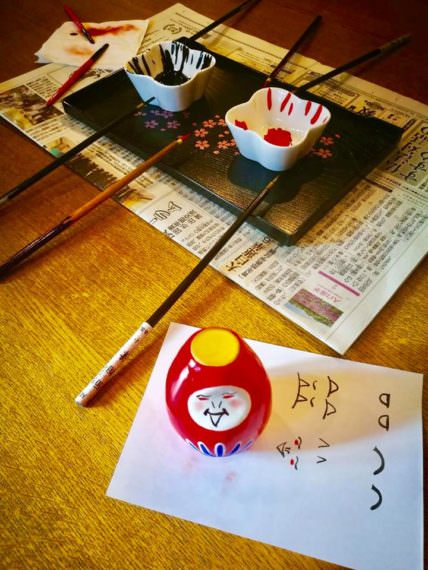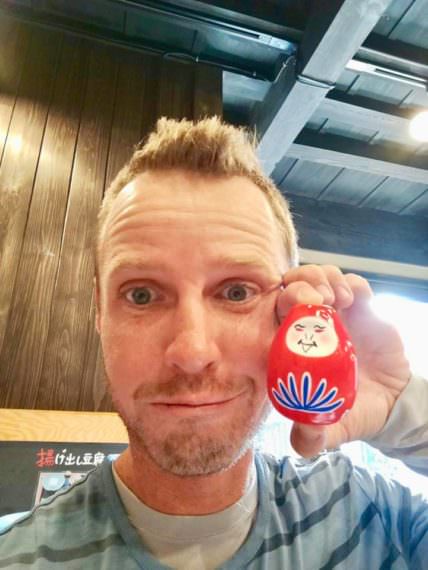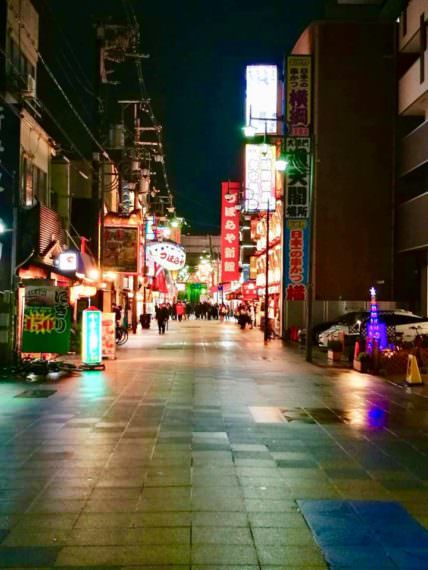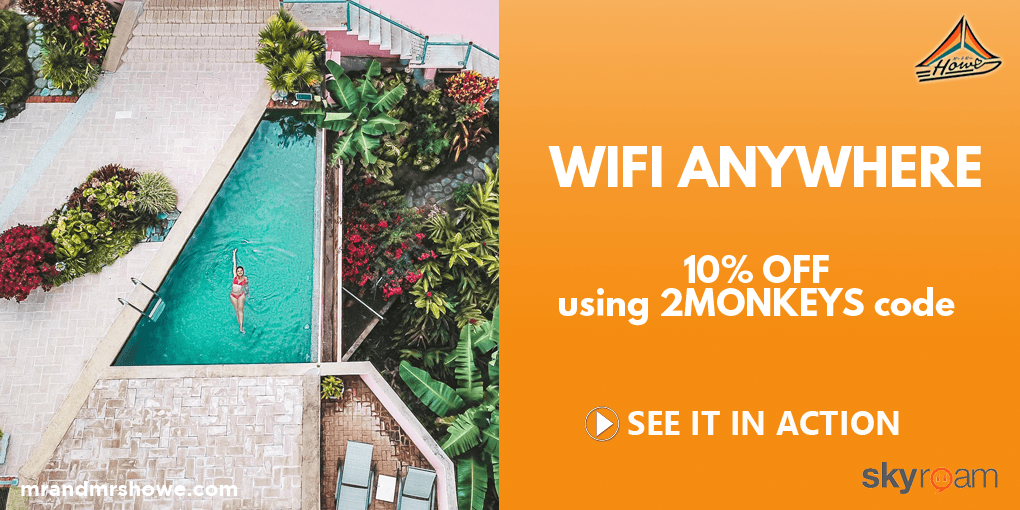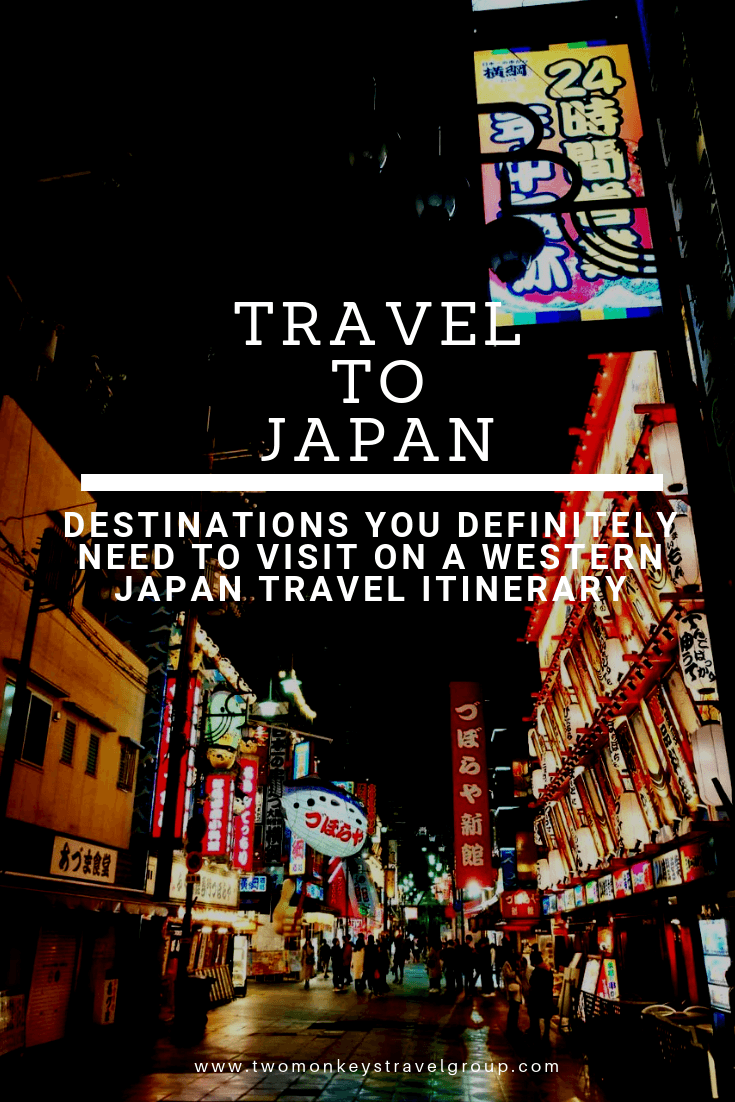Travel to Japan – Destinations you Definitely Need to Visit on a Western Japan Travel Itinerary
With an incredibly rich history and culture dating back thousands of years, Japan is one of the most modern and technologically advanced countries in the world. Despite this, the relatively small Asian island country retains so much of its traditional culture and heritage that we as visitors cannot help but envision Japan as being shrouded in a certain mystique.
This unique and very well-balanced blend of modern advancement, traditional conventions and ancient spirituality, not to mention stunning natural scenery, attracted over 28 million visitors in 2017 and more than 31 million in 2018! While the vast majority of visiting tourists choose Tokyo as the starting point and focus of their Japan trip, there is a whole lot more to see, do and experience all over the country.
When we recently flew into Japan for the first time we actually transferred straight through Tokyo and took a domestic flight to the island of Kyushu, to begin our first Japanese adventure in the city of Fukuoka instead!
Table of Contents
Use the search box below to find the best day trips in Western Japan
Fukuoka City
Fukuoka, or Fukuoka-shi in Japanese, is the capital city of Fukuoka Prefecture and is the largest and most populated city on the island of Kyushu. The island of Kyushu is the western-most in Japan, hence we are calling this our western Japan itinerary although our route actually takes us all the way to Osaka, which is more-or-less centrally located within the country.
Fukuoka, in its various forms throughout history, has long been one of the most important port cities in Japan thanks to its close proximity to the mainland. The port is still one of the busiest industrial ports in the county, however, the port now welcomes around 365 cruise ships every year and visitor numbers are climbing steadily, demonstrating that the city has much to offer as a destination in its own right.
What to see and do in Fukuoka City?
Fukuoka is particularly well-known for its outdoor food stalls, or Yatai. These independent stands are found all over the city, but the biggest concentration is along the waterfront of Nakasu Island in the middle of the city. These closed-curtain eateries are the best way to meet locals and get a real taste of the city, each only seating up to ten customers at a time and serving anything from the local Hakata-Ramen to various meat-on-stick offerings!

Fukuoka is not a city with a big central attraction to base its identity around, so the best way to explore it is to get out there and feel it. Only a 15 to 20-minute walk from Hakata train station (the city was formerly named Hakata) is the temple of Shofukuji, the first Zen Buddhist temple in Japan, dating back to 1195. Across the canal to the west are the ruins of Fukuoka Castle, with the Yatai of Nakasu Island conveniently places en route! This is really a city of community attractions, like Uminonakamichi Park, Ohori Park and the Canal City shopping and entertainment development.
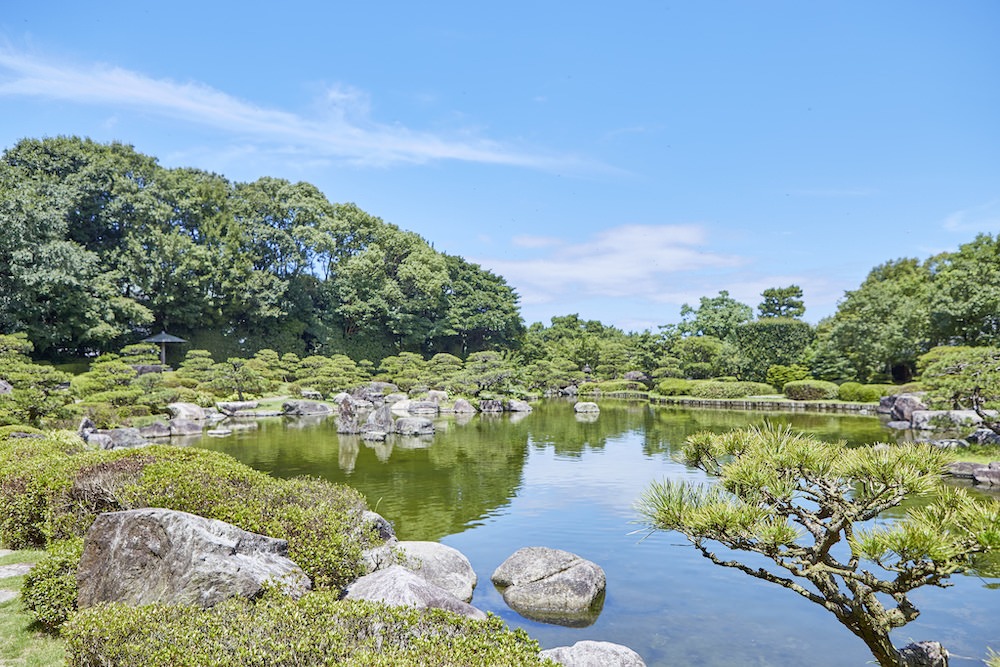
Shimonoseki
The next leg of our trip took us to Shimonoseki in Yamaguchi Prefecture, which was a little over an hour drive and across the Kanmon bridge from Kyushu Island to Honshu, the main island of Japan. Shimonoseki is probably most renowned for its thriving Fugu, or blowfish, industry. Fugu is the local culinary speciality as well as a symbol of the city itself, being portrayed on manhole covers and as part of a statue dedicated to the Fugu fishermen of Shimonoseki.
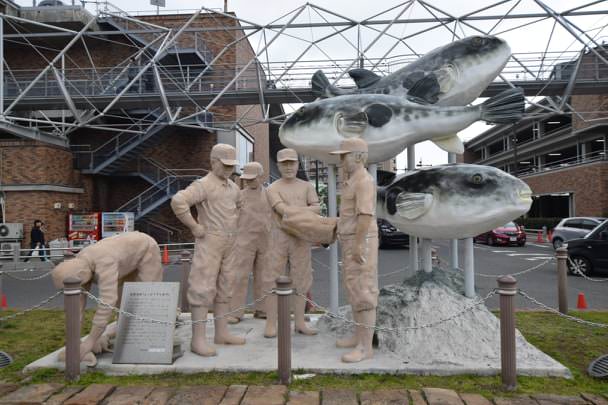
What to see and do in Shimonoseki?
Being that Shimonoseki is a major fishing port, our first stop was to the Karato Fish Market, which sits alongside the Kanmon Straits separating the islands of Honshu and Kyushu. Karato Fish Market has been at the centre of the fishing industry in Shimonoseki since its early days as a street market in 1909. Today the indoor market floor is busy with locals and tourists alike, some here to buy the freshest daily catch for their homes or restaurants, and some like us to experience the vibrant atmosphere, witness the tantalising seafood displays and grab a sushi or sashimi snack on the way around. We had to try the local speciality, Fugu, which is better-known as the poisonous pufferfish and can only be prepared by a formally-trained chef who specialises in fugu. The finely sliced sashimi was delicious and like everything else on offer, elegantly displayed on the plate.
As well as the sensory experiences of simply seeing, hearing, smelling and feeling everything going on around us, every market stall holder was incredibly friendly and welcoming. Regardless of how busy they were or the usual language barriers, they were always more than happy to stop and show us what they had to offer, even posing for photos!
Because we arrived in the morning we were able to experience the market at the busiest time of the day, at the height of the hustle and bustle. We have heard from others that the atmosphere is less exciting later in the day and the choice of seafood on display starts to dwindle.
Other nearby attractions include the Mimosusogawa Park, located almost at the foot of the Kanmon Bridge and offering excellent views of Kitakyushu City on the other side.
If your trip happens to coincide with the world-famous cherry blossom from late March to April, then Hinoyama Park is probably the best local destination to experience this culturally and spiritually important natural event in the Japanese calendar.
En-route to Miyajima
Upon leaving Shimonoseki for our next destination, Miyajima, we made two very worthwhile sightseeing stops along the way:
Akiyoshido Limestone Caves, Akiyoshidai Plateau, Mine City
Mine City, or Mine-shi, is a relatively small city about a one hour drive north-east of Shimonoseki and is home to the Akiyoshidai Quasi-National Park where you can find a landscape which is quite unique within Japan. The Akiyoshidai Plateau is covered with limestone formations (karsts) which litter the pampas grass-covered landscape.
We didn’t stop to explore the plateau itself, heading instead straight to the entrance of Akiyoshido Cave, the longest cave in Japan! It is also incredibly tall and spacious inside, which makes exploring it via the purpose-built walkways like entering an alternate underground world. The walkway is a full kilometre long and shows all the various limestone formations, created over thousands of years.
Kintaikyo Arch Bridge, in Iwakuni
From Akiyoshido Cave we continued our journey towards Miyajima, with one more stop along the way at another small city – Iwakuni. Still within the Yamaguchi Prefecture, Iwakuni is most popular for the very sight that we were there to see, the Kintaikyo Bridge, originally built in 1673 to provide a reliable way for Samurai to cross the Nishiki River and the reach the Shinto shrines on the other side.
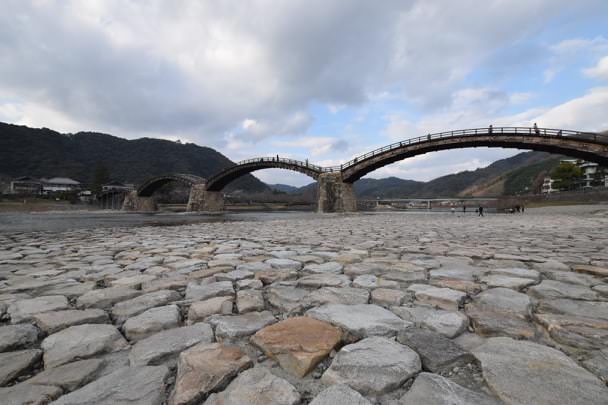
This sturdy yet incredibly elegant five-arch bridge was actually rebuilt by the local townspeople after the original was destroyed by a typhoon in 1950, however, it is said to be absolutely true to the original design. The bridge was a stunning sight from all directions on our mid-February visit, although it is apparently even more spectacular during the cherry blossom season.
A great added surprise here was the ice cream stalls, with literally dozens of flavours, from your typical strawberry and chocolate, to stranger varieties like wasabi. For the record, try the wasabi, it’s amazing!
Miyajimaguchi
Only about a 30-minute drive from Kintaikyo Bridge and even shorter from Hiroshima City, the neighbourhood of Miyajimaguchi sits on the very outer limits of Hiroshima City. Technically Miyajimaguchi is part of greater Hiroshima, but we felt it deserved its own space. While it is primarily known as the departure point of the ferry from the mainland to Miyajima, or Itsukushima Island, Miyajimaguchi is a destination in itself for the many visitors who choose not to base their visit to the Miyajima Shinto Shrine on the island itself. The area appears to have gained a reputation for chic and boutique little cafes, as well as local arts and crafts. The accommodation is also significantly cheaper here than on the island itself, particularly in the local backpackers’ hostel.

What to see and do on Miyajima (Itsukushima)?
The island of Miyajima (literally Shrine Island), officially named Itsukushima, is home to the Itsukushima Shinto Shrine – the main reason that tourists come here! The shrine itself is built mostly over the water, with the best-known attraction being the Torii gate that is built in the water so at low tide, it is possible to walk around it, whereas at high tide the sacred gate appears to be floating on the water. The shrine has been officially recognised as a Unesco World Heritage site.
This was one of the most beautiful sights of our whole trip and if we were to revisit we would definitely make a point of staying at one of the ryokans (Japanese-style inns), so that we could see the shrine in the peace and tranquillity of the evening, with subtle lighting along the walkways. There are wild deer living on the island which are extremely tame and comfortable around people, so you can easily sit and watch them, or even take a selfie with them!
After spending time in the shrine, there is still enough to do to spend the whole day on the island. There are walking trails which lead all over the town and even all the way to the peak of the highest mountain on the island, Mount Misen.
Daisho-in Temple, said to be the first Buddhist temple in Japan, is also on the island and is only a few minutes walk from the Itsukushima Shrine.
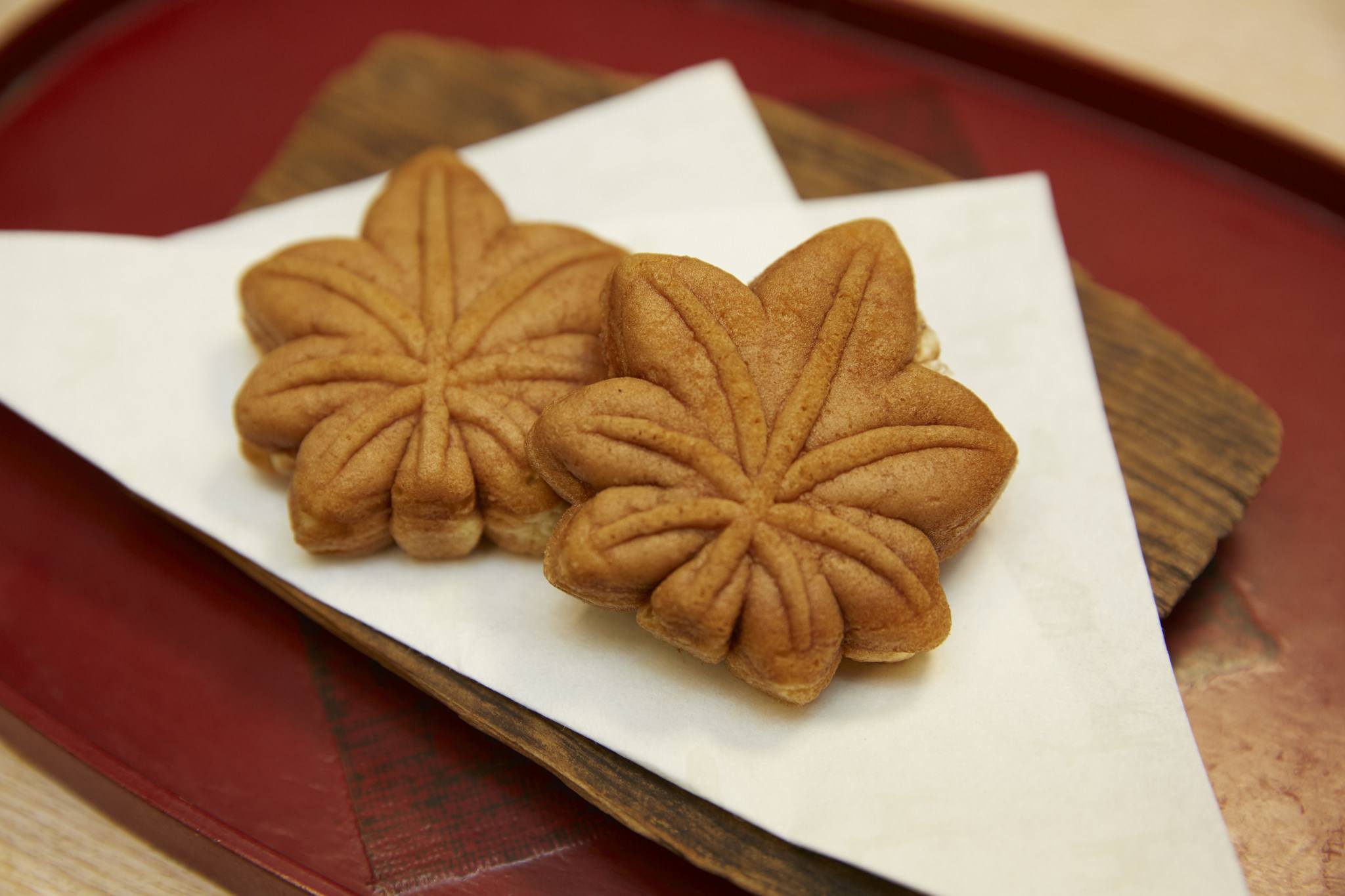
The main shopping area is a narrow, buzzing street, lined on both sides with food stores, bakeries and craft stores. One of the local delicacies here is a sweet bun called ‘momiji manju’, which is like a sweet bread in the shape of a maple leaf with various fillings.
Hiroshima
After taking the ferry from Miyajima (Itsukushima) back to mainland Miyajimaguchi, we made the short 20 minutes or so drive north east to Hiroshima City, the capital of Hiroshima Prefecture.
Hiroshima is famous worldwide for one reason; the city was the target of the world’s first ever atomic bomb drop on August 6th 1945. In fact, it’s difficult to think of anything else at all when mentioning Hiroshima, but there is more to the city that’s worth exploring.
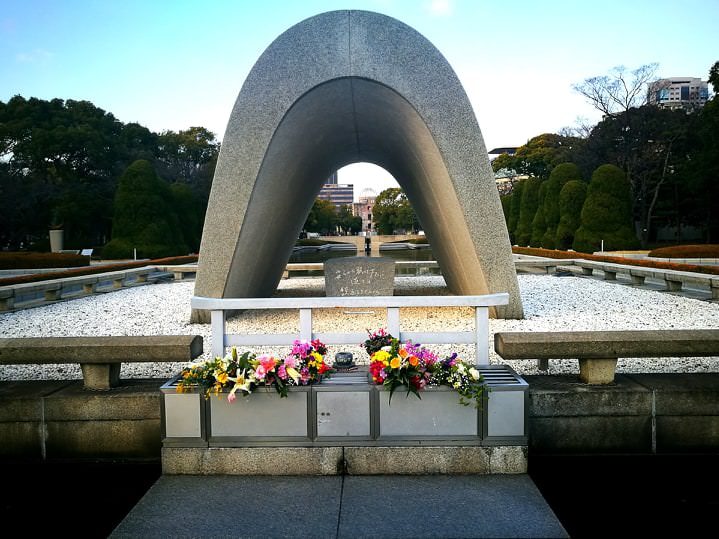
What to see and do in Hiroshima?
Our own visit to Hiroshima started with the Peace Memorial Park and Museum, which was opened in 1955 to commemorate the tragedy of the atomic bomb attack in 1945 and to act as a central location from which to discourage the use of atomic weapons in future. The museum is an eye-opening experience and really puts into perspective just how destructive this event was and the extent of the suffering it caused to thousands of innocent people. The park is much more relaxing and a pleasant place to spend some time, even with the backdrop of the Genbaku Dome (aka – the Atomic Dome) as a stark contrast and sobering reminder of where you are.
Because our time in Hiroshima was quite short we only had time to visit the Peace Memorial Park and Museum before checking into our hotel and heading out for dinner, which was in a downtown restaurant specialising in Okonomiyaki, Japanese Pancakes!
If you are staying longer then there are over a dozen beautiful parks to visit, as well as historic buildings like Fukuyama Castle and the reconstructed Hiroshima Castle.
Kurayoshi
Kurayoshi is a small historic city in Tottori Prefecture. While we had visited plenty of historic monuments and temples so far on our journey, our arrival in Kurayoshi was the first time we really felt like we were walking through parts of an older Japan. In fact, one of the first things you notice when walking around Kurayoshi is the age of most of the buildings around the town centre, many of which are constructed of a mixture of stone, wood and a traditional Japanese technique called ‘soil lacquering.’
What to see and do in Kurayoshi?
Kurayoshi is an excellent place to simply walk around and enjoy the atmosphere, particularly along the Shirakabe area, where the street is made up of mostly old storehouses that have been restored and converted to shops and cafes.
There are also several temple and shrine sites that are well worth a visit. We visited the Daigakuin Temple and the Dairenji Temple, both of which were within the centre of town.
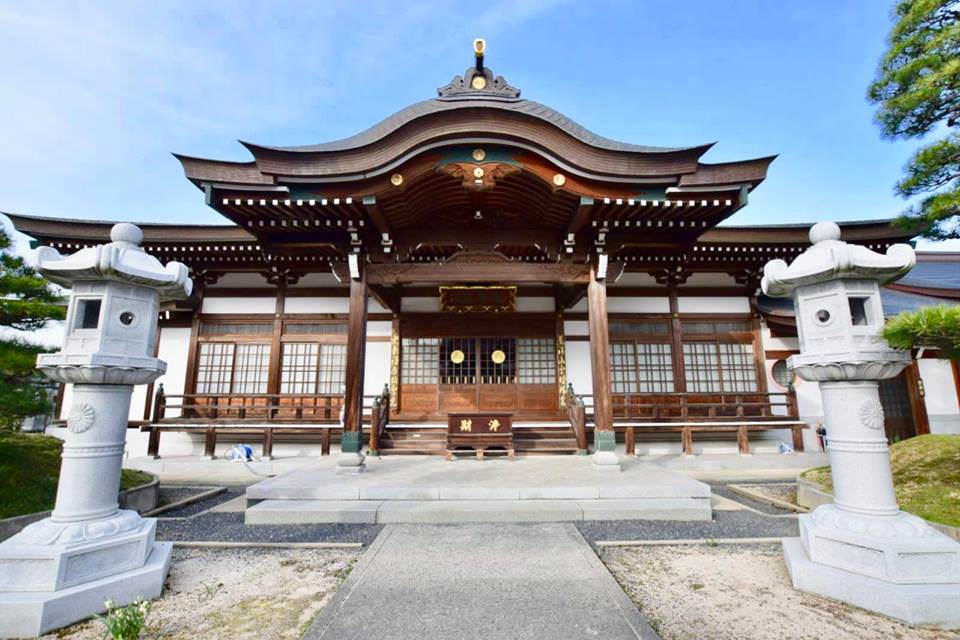
Some local traditions here that you can take part in yourself are Hakota doll painting, ceramics and kite-making. Kurayoshi is also home to the only pear museum in Japan, thanks to the areas’ signature agricultural product!
Depending on the time of year, you can also walk over to Utsubuki Park, which is one of the top 100 cherry blossom viewing spots in the country!
Osaka City
There was truly no better place to end our trip around western Japan, than in the buzzing metropolis of Osaka. This large port city has long been known as a city of abundance, thanks to its position as one of the moist important trade centres in Japan. Because of this, and also thanks to considerably lower prices compared to other cities like Tokyo, Osaka is also renowned as a nightlife, entertainment and food destination. Essentially, if you’re looking for a Japanese city where you can let loose without worrying quite so much about your wallet, then Osaka is the right place!
Much like Fukuoka City, Osaka is a destination that you really need to get lost in to really experience it properly. Whether you choose to spend one day or one week here, you are not going to run out of things to see and do!
What to see and do in Osaka?
Osaka is a city of many districts, all of which have their own vibe, atmosphere and general purpose within the city. For any tourist only spending a day or so in the city, it’s a good idea to base your stay in one of the more central districts, so that you are close to many of the things to see and do in Osaka. The Minami, Central Osaka, Kita or basically anything near to the Osaka Castle is a great place to start!
Shinsekai was the first place we visited as we arrived in the late afternoon after travelling all day, so something to eat was very high on our list of things to do in Osaka! This area defines that quintessential mental image of a busy Japanese high street, full of noise, bright lights and colourful signs projecting out into view from all angles and directions. The restaurant we chose specialised in Okonomiyaki, which are Osaka-style Japanese pancakes, and Kushikatsu, a platter of various deep-fried and battered foods on skewers. It’s a very relaxed environment to eat in and you get to make your own Japanese pancake on the hot plate in the middle of your table!
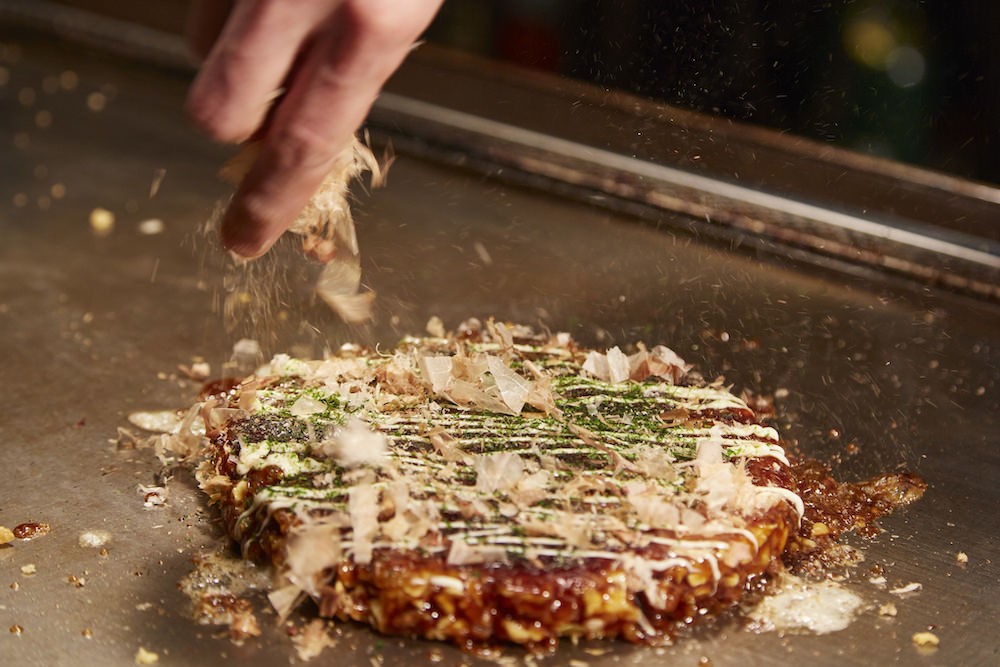
The Tsutenkaku Tower stands over the whole area and lights up in various colours at night, making the perfect backdrop for photos and it is also an observation tower for some 103 metre-high views of the city.

Osaka Castle is another testament to the fortitude of traditional Japanese culture and its integration into modernity. The original castle was built in 1583, but was destroyed twice and then rebuilt until its most recent iteration was constructed in 1931 using more modern building materials, including ferro-cement. Despite having been twice destroyed and rebuilt across 4 centuries, the castle is said to be 100 per cent true to the original design, yet has been completely modernised inside to accommodate the castle museum. The fact that it Osaka Castle survived the bombings of World War Two is also an absolute miracle!
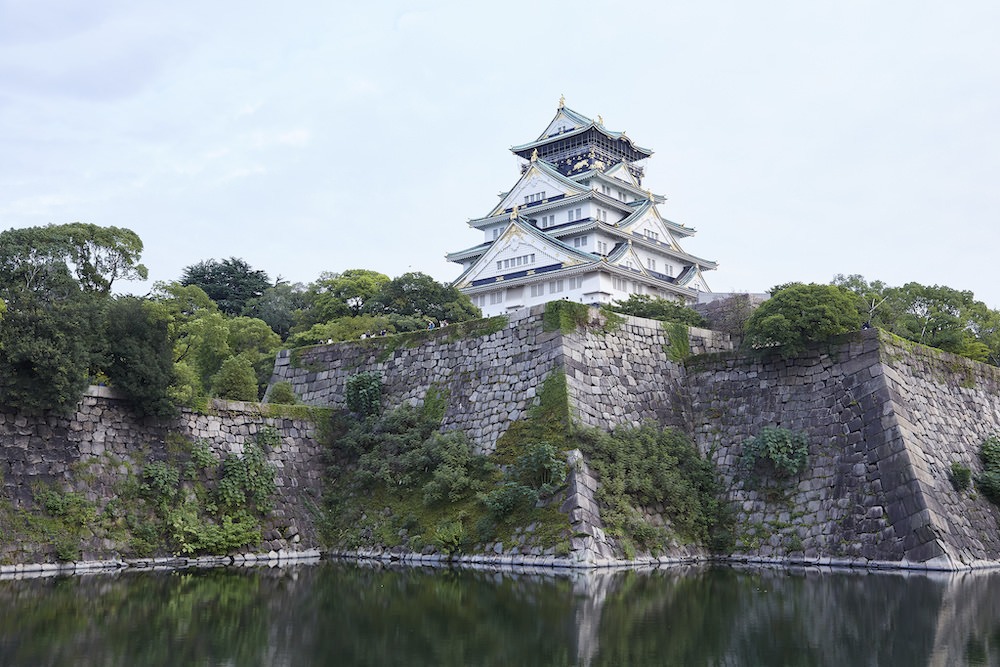
Osaka is also home to one of the oldest Buddhist temples in Japan, the Shitennoji Temple, which was built in the year 593. Of course, like many of the temples and shrines you will visit in Japan, this one has also been burned down and rebuilt several times over but again, always to the original 6th-century design!
Don’t forget that Osaka is also home to a number of amusement parks, including Legoland, Universal Studios, The Momofuku Ando Instant Ramen Museum (yes, really!), and Hirakata Park, which is a Japanese seasonal garden and theme park rolled into one. Hirakata Park has one of the most insane rollercoasters we’ve ever seen!
If you’re feeling a bit more fancy and cultured, then the National Art Museum of Osaka is located on Nakanoshima Island.
This is really only a small example of what you can see and do in Osaka, particularly as our own time in the city was so short, but you could easily keep yourself busy and entertained here for more than a week!

This post was sponsored as part of a media collaboration with the Japanese National Tourism Organization.
![]()
Are you on Pinterest? Pin these!

 ©
© ©
©

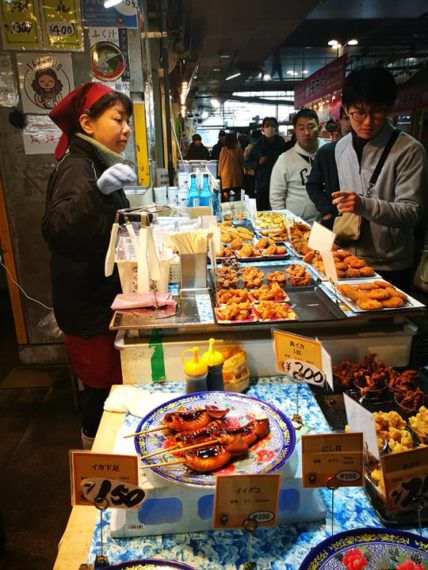
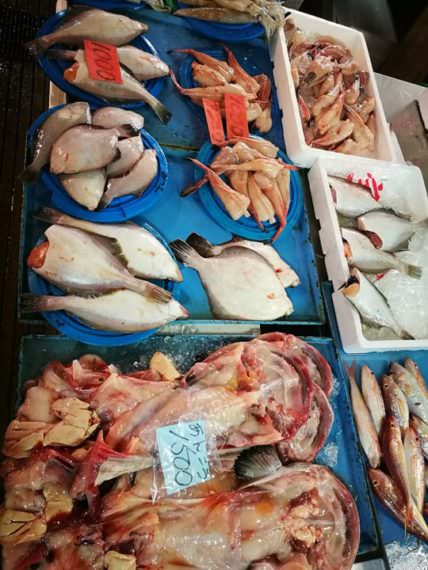
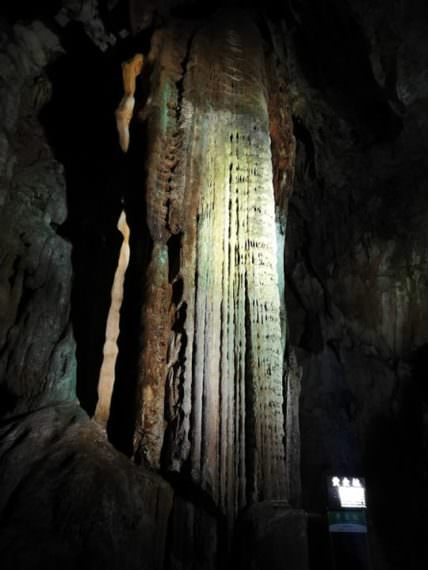
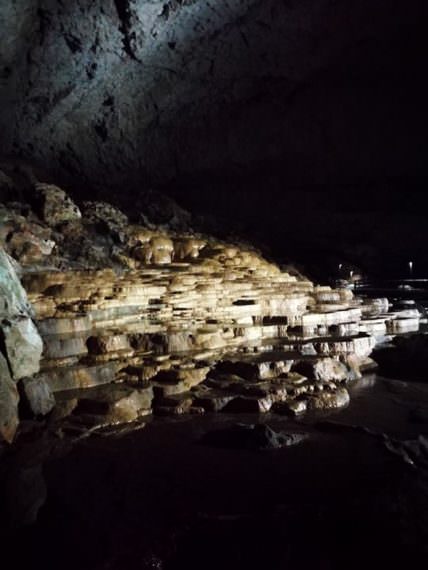
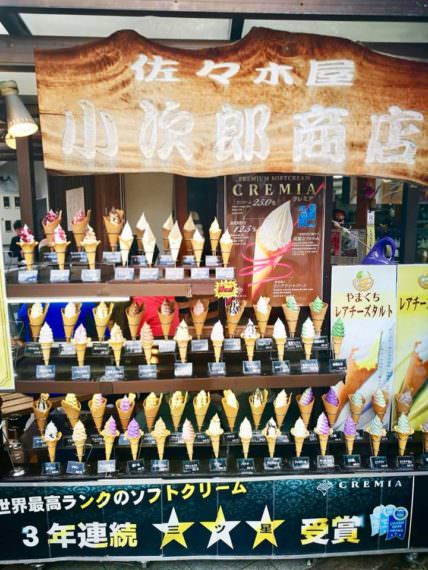


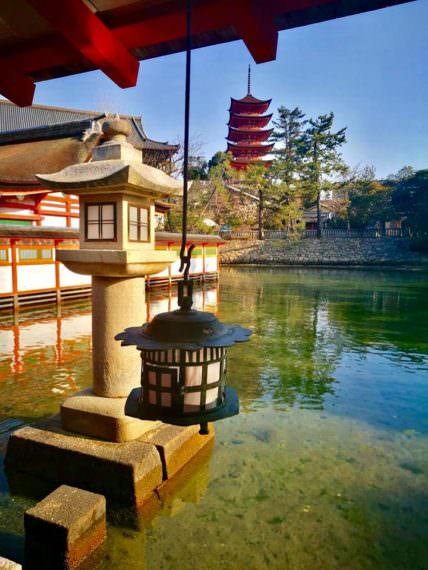
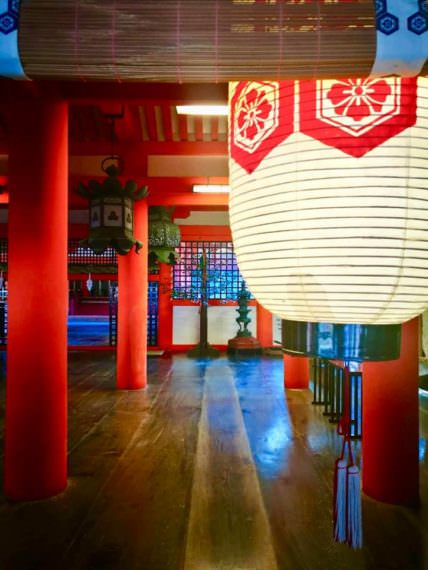
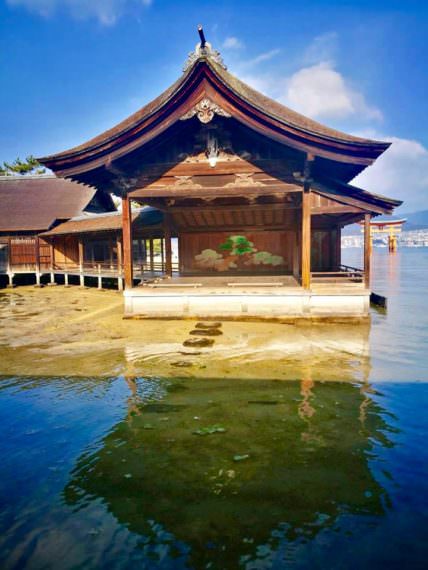

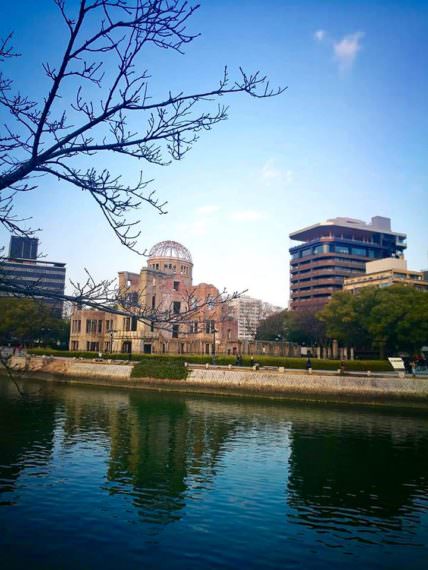

 ©
©